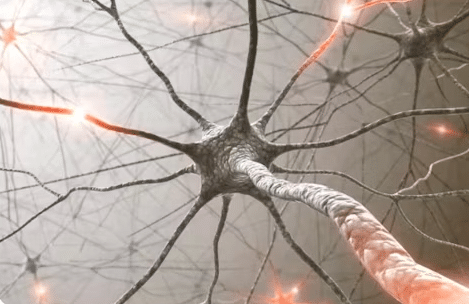Understand & Regulate Your Nervous System

Understand Your Nervous System
The autonomic nervous system is a part of the nervous system that controls involuntary functions, such as heart rate, digestion and breathing. It is divided into two branches:
Sympathetic Nervous System: often referred to as the fight-or-flight response, preparing the body for stress situations.
Parasympathetic Nervous System: often referred to as the rest-and-digest response, preparing the body for rest and recovery.

Sympathetic Nervous System
Fight Response:
The fight response is activated when the body prepares to confront or challenge the threat head on.
Signs of the fight response include increased heart rate, muscle tension, quickening breathing, dilated pupils, increased anger and agitation.
Flight Response:
The flight response is activated when the body prepares to flee from a threat, prioritizing escaping.
Signs of the flight response include increased heart rate, sweating, strong urge to run away, and withdrawing from situations that feel overwhelming.
Freeze Response:
The freeze response is activated when the body senses that fight or flight are not viable options.
Signs of the freeze response include difficulty moving muscles, slowed breathing or heart rate, feeling dissociated, and mentally shutting down.
Fawn Response:
The fawn response is activated when the seeming best way to avoid conflict is to people please and become agreeable.
Signs of the fawn response include increased body tension, low energy levels, becoming more agreeable, overly apologizing, and sacrificing personal boundaries.
Tools to Support the Fight Response
Box Breathing:
When you feel the fight response activated, coming back to your breath is a helpful way to regulate. Box breathing is inhaling for 4 counts, holding for 4 counts, exhaling for 4 counts and hold for 4 counts. Repeat for 3-5 minutes until you feel more calm.
Physical Exercise:
Intense physical activity can help reroute some of the energy in a fight response. Activities such as running, lifting weights or walking can help re-regulate the body.
Progressive Muscle Relaxation:
In moments of anger, actively tensing and relaxing the muscles in the body can provide a healthy outlet. Practice gently squeezing and releasing your legs, working your way up to the head. Repeat for 3-5 rounds.
Tools to Support the Flight Response
Grounding Exercises:
Grounding exercises to bring you back to the present moment can be helpful to regulate the flee response. The 5-4-3-2-1 technique can be helpful to come back to the present moment – identify 5 things you see, 4 things you feel, 3 things you hear, 2 thinks you smell, 1 thing you taste.
Movement With Intention;
To honor the body’s urge to move, more gentle movements can be helpful such as yoga or walking.
Reframing:
When the flight response is activated, ask yourself “Am I physically safe?” If the answer is yes, implementing a movement or grounding exercise to find more of a sense of safety in the present moment.
Tools to Support the Freeze Response
Body Awareness:
Increasing body awareness can help bring us back to our bodies during a freeze response. Simply rubbing your shoulders or legs for 3-5 minutes can help bring presence back to the body.
Visualization:
Imagining yourself completing a task or taking action can help bring confidence to take steps forward. Practice seeing yourself in the triggering situation with as much detail as possible. Repeat the exercise so the positive experience becomes more familiar.
Stretching:
Stretching is a low-impact way of coming back to the body. Gently increasing blood flow can release muscle tension and increase awareness.
Tools to Support the Fawn Response
Boundary Setting:
Setting boundaries for those in a fawn response can feel scary. Start small with boundaries that feel easier. When in doubt, saying phrases like “I’m not sure let me think about it” or “Can you tell me more information” can be helpful to take space and reflect before responding.
Affirmations:
Repeating self-affirmations can be helpful to take on a new, more positive sense of identity. Affirmations, such as “I am loved,” “I am worthy,” “I am smart,” and “I am confident” can help increase our self-worth.
Journaling:
Journaling can be a helpful exercise to see what beliefs exist under our initial reactions. Allow yourself to journal freely for 10-15 minutes. The longer your write, the more you’re able to access underlying beliefs that may be existing outside of the conscious thought.
Living Your Best Life!
We hope these tips help you understand more about your nervous system, and give you the tools to manage responses.
These methods do not replace guidance from a licensed therapist or counselor. If you need support, please see a provider in your area for individual care.

